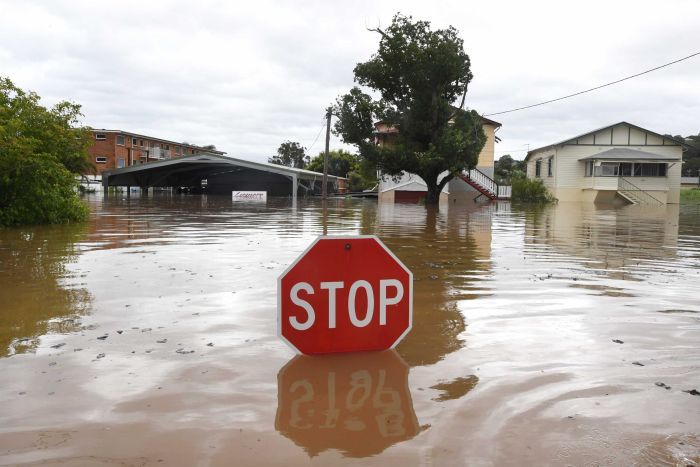
Published: June 17, 2022
The irony has not gone unnoticed that a country that is stereotypically known for its deserts (and therefore lack of rain) has been subject to severe flooding to parts of two of its most populous states throughout March and April this year. Coming hot on the heels of floods at roughly the same time in 2021, and also the fires of the summer of 2019-2020, it has once again highlighted the issues with continued human existence in parts of Australia, and how to manage the almost-inevitable transition to a hotter, more volatile and extreme climate future.
The questions that have to be asked can be corralled into two strands of thought: the first being how can Australians best deal with providing a resilient built environment that works for all, and the second, whether we have to seriously consider permanently evacuating parts of Australia. The latter has been done before, the Summerlands estate on Phillip Island has been progressively shut down to protect the penguin colonies nearby, meanwhile in Western Australia, the town of Wittenoom was closed in 2007 due to severe contamination as a result of asbestos mining that had occurred in the area.
The questions about built form resilience can be answered relatively easily: the solutions to our physical environment already exist on how to best manage severe water events, be they from inland or the open ocean. These range anywhere from building materiality, to detention systems, to prohibiting construction in areas which are most vulnerable to significant overflow of water.
So whilst it is good that discussions are being had about how technology and engineering can be used to prepare and/or handle water inundation events, the more pertinent need is to go back to first principles and begin thinking about the more difficult questions. This includes whether some areas of Australia are becoming simply too difficult to service to allow to remain inhabited in order to protect human life above all other considerations. Not sure of the need for this last line?

Latest Projects
|
O'Loughlan Street, ORMOND Heritage |
|
Bank Street, SOUTH MELBOURNE Single Dwelling |
Latest Blog
|
Regional Sprawl: Ballarat Case Study |
|
Melbourne Population Decline |
